
The Seychelles Islands boast a unique mix of sublime white-sand beaches, sun-kissed landscapes and enticing azure waters but how is the island nation preserving its unspoilt natural allure while allowing its booming tourism industry to thrive?
The archipelago, which consists of 115 islands basking in the eternal summer of the Indian ocean some 1500 kilometres from the East African mainland, owes its singularity to its remote location and the fact that it is a cradle of biodiversity.
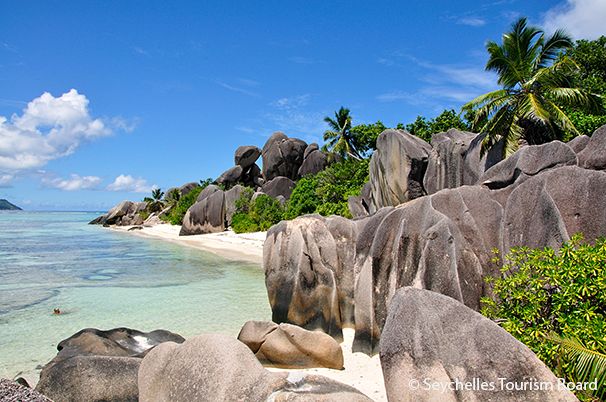
Nowhere else but on the Praslin and Curieuse islands can you find 100-feet tall Coco de Mer trees with their gargantuan, double-lobed fruits. The aldabra giant turtle, the second largest reptile, has only one earthly domain and that is on these islands. If you want to see species long believed to be extinct like the jellyfish tree (or ‘Bwa Mediz’ in Creole) or the Seychelles scops owl with its sonar-like call, you will have to visit the island of Mahé. The Seychelles is the last refuge for so many plant and animal species teetering on the brink of extinction. But there is hope for these species and continuing to welcome record numbers of visitors, as the islands have done this year, could be an integral part of it all.
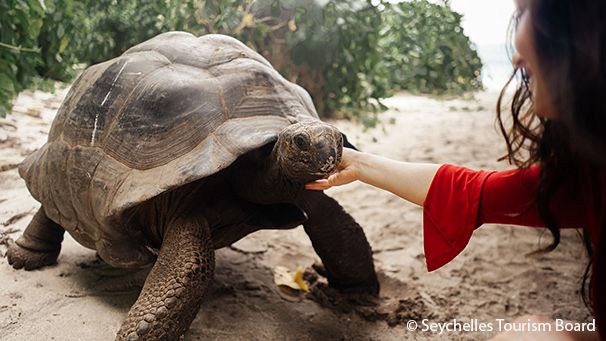
The answer is responsible, sustainable tourism; getting the right balance between infrastructure development and environmental protection and ensuring that the economic benefits that tourism brings are put back into protecting the natural beauty that attracts visitors here in the first place. With the United Nations (UN) declaring 2017 “the International Year of Sustainable Tourism Development”- these questions are on the top of the agenda and the Seychelles are leading by example.
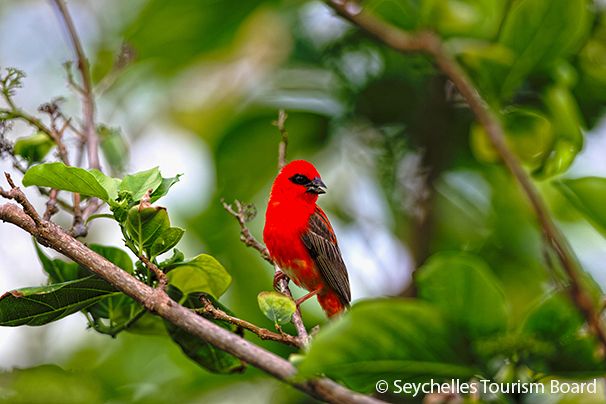
Coral Gardening
In a bid to mitigate the devastating effects of coral bleaching on marine life as a result of climate change, groups all over the Seychelles like the “reef rescuers” have mobilised and are taking decisive action. “Coral gardening” involves a two-pronged approach: first, suitable donor colonies of coral are selected, many of which are detached from their reef with no chance of survival. These are then reared to transplantable size in purpose-designed nurseries. Step two involves transplanting the fledgeling coral into degraded reefs using new techniques which maximise the scale of the restoration.
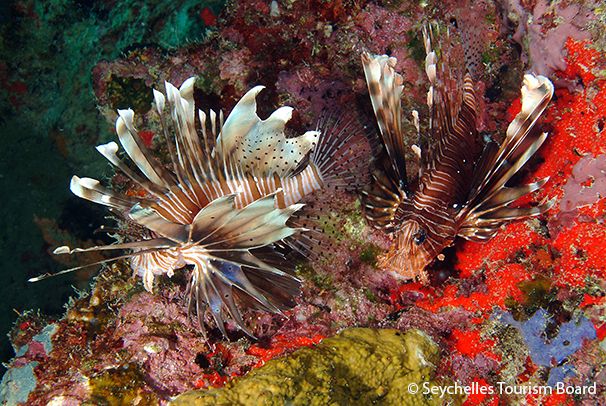
This all might sound like a job for a marine biologist but in fact, locals and even tourists with diving experience can sign up for a certified course or go on an expedition to see the reefs taking back their natural habitats. As tourists increasingly seek “real experiences” over pre-packaged trips and since more and more people are conscious of their ecological footprints, initiatives like these hold the key to new, sustainable ways to give back while making the most of the outstanding natural beauty that epitomises these island oases.
UNESCO listed Natural reserves
The Seychelles is perhaps best known for its pioneering work in creating natural reserves which now make up around 50% of its entire landmass. A visit to any one of them promises some truly unforgettable encounters with nature. A shining example is the Cousin Island Special Reserve, which also comprises a world renowned Marine Protected Area (MPA) managed by Nature Seychelles and the BirdLife partner in Seychelles. The island was once a coconut plantation but thanks to years of meticulous ecological restoration, its ecosystems are back and thriving.
Visitors disembark on the island at 10am and are offered a 2-hour guided tour from one of the island’s dozen or so experts in residence. The skies and thickets are a haven for huge numbers of birds including: lesser noddies, pure white fairy terns, magpie robins, warblers, crab plovers and many, many more exotic species.
If bird fancying is not on your bucket list, how does an encounter with a giant aldabra tortoise sound? These gentle giants roam freely on the island and the conservationists are on a first-name-basis with them. If you arrive during their nesting season, you are likely to come across a freshly-dug nest or even see a female laying her precious cache of eggs.
But what is most attractive about this type of excursion is the knowledge that the money spent will have a direct impact on the continued well-being of the island and its habitat. All proceeds go to paying and training conservationists, monitoring biodiversity and maintaining the island which is the world’s second largest coral atoll and its first carbon-neutral reserve.
Conservation efforts are not just on dry land. The Seychelles are also leading the way in defending the ocean. The Marine Spatial Planning Initiative (MSP) is the first marine conservation plan of its type in the Indian Ocean. By clearly enforcing bans on fishing activities in 30 percent of the island’s Exclusive Economic Zone (EEZ), the initiative will, as marine biologist Jude Bijoux explained, “provide a clear map that will guide marine-related industries on areas where they are allowed to pursue their normal activities and areas where they are forbidden to do so.” The success of the MSP in allowing the fishing industry to continue its crucial contribution to the local economy whilst combating over-exploitation could soon become a template for other island nations that face a similar set of problems.
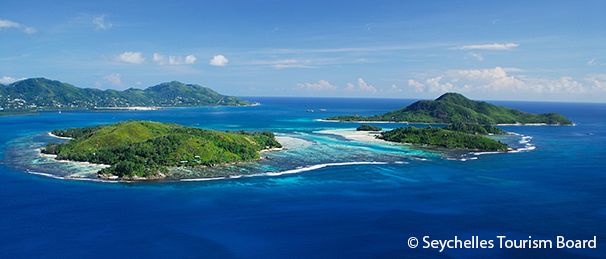
So if exploring a remote tropical island, beach-basking, bird-watching and discovering underwater coral kingdoms is something you might like to try, remember that in the Seychelles, you can do it all while protecting the true treasure of these islands, their ecosystems.













